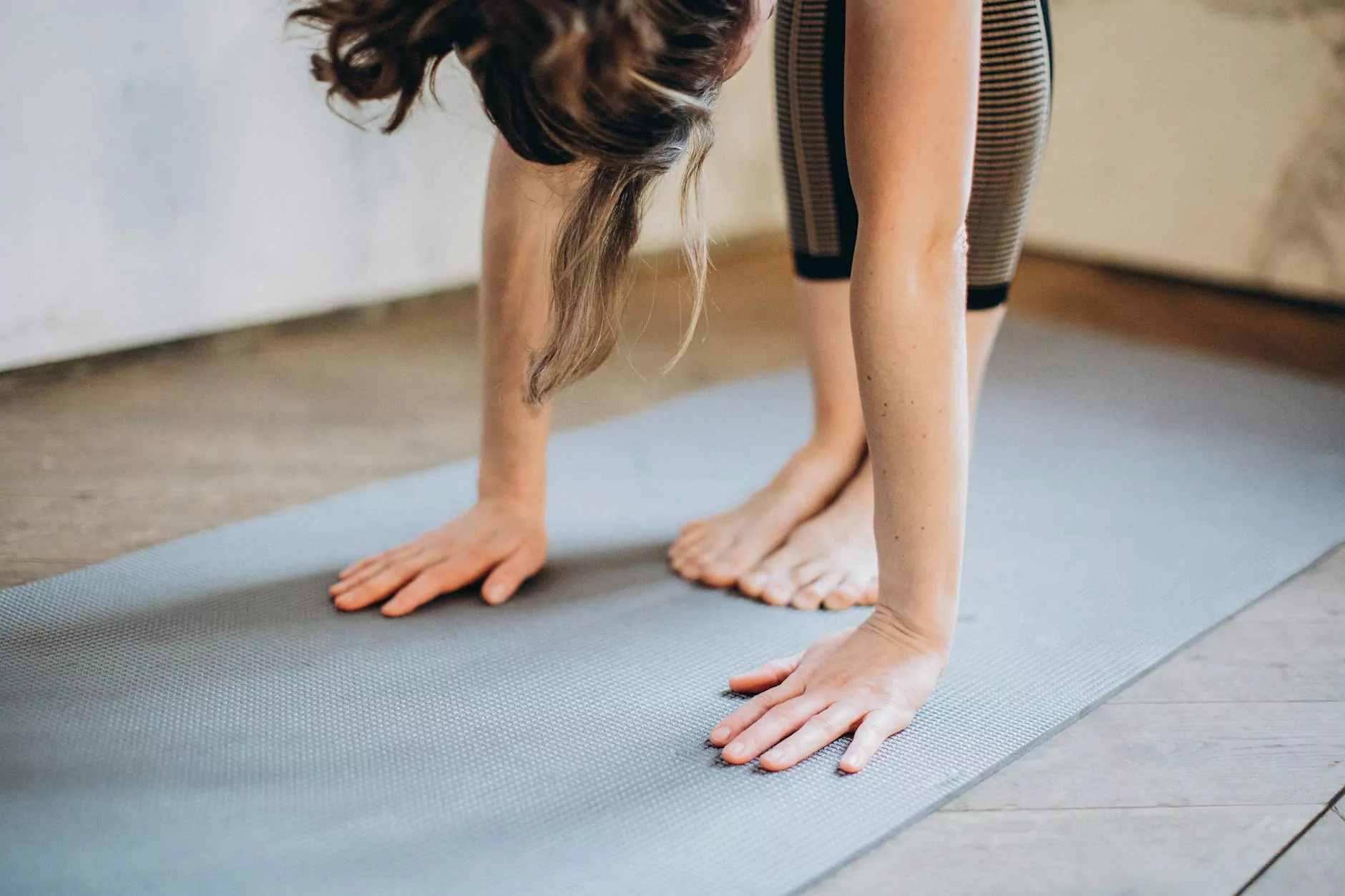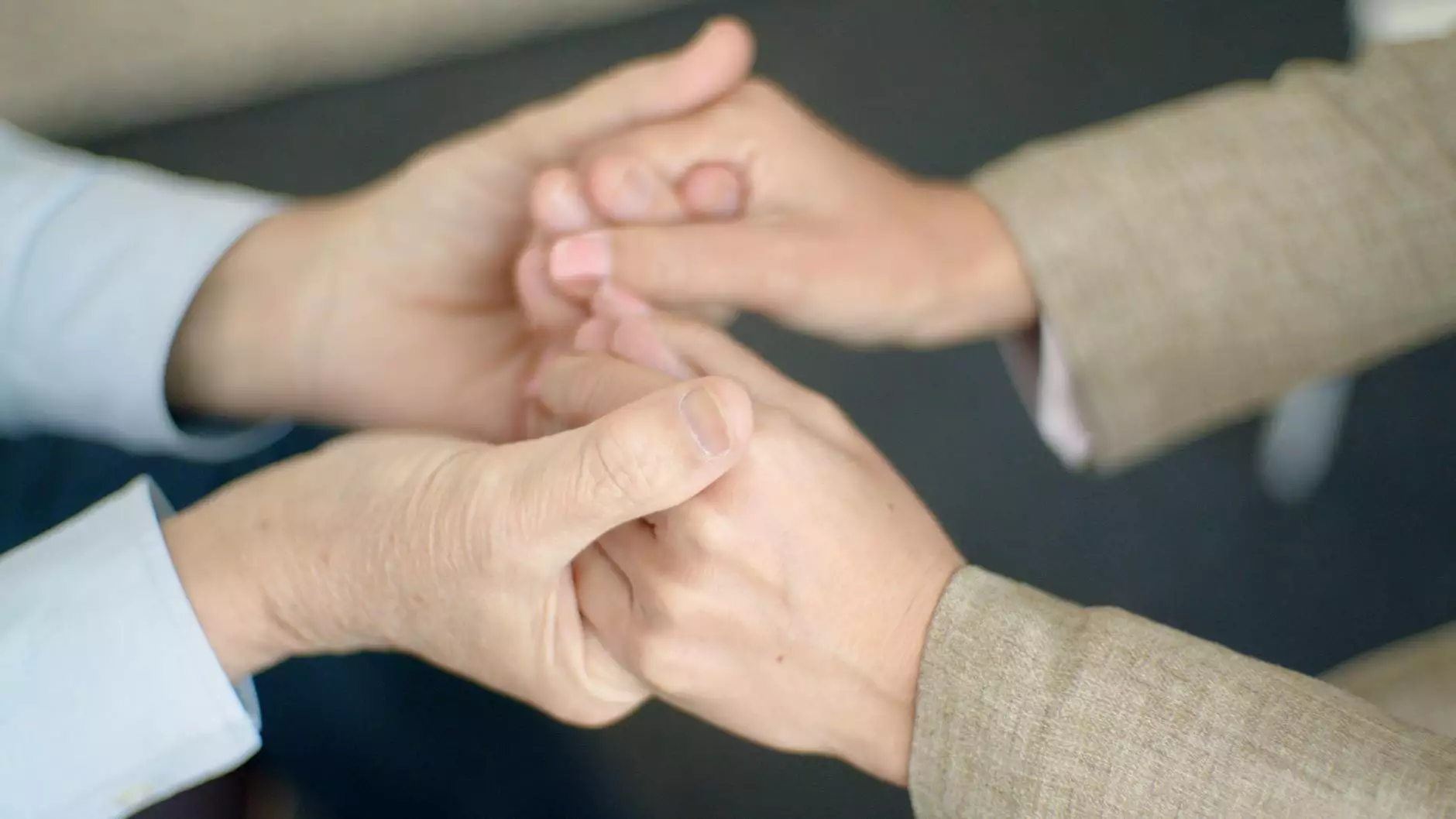What Causes Cracked Heels?
Women's Health
Cracked heels, also known as heel fissures, are a common foot problem that can cause discomfort and pain. Bowling Orthopaedics, a trusted name in the field of orthopaedic healthcare, aims to provide valuable insights into the causes of cracked heels and offer effective treatment options for individuals seeking relief from this condition.
Understanding Cracked Heels
Cracked heels occur when the skin on the heels becomes dry and thick, leading to the development of cracks or fissures. This condition is often a result of inadequate foot care, prolonged standing, wearing open-back shoes, obesity, and certain medical conditions such as diabetes or hypothyroidism.
Causes and Risk Factors
Several factors can contribute to the development of cracked heels. Let's explore them in detail:
Dry Skin
Dry skin is one of the primary causes of cracked heels. When the skin lacks moisture, it becomes less supple and more prone to cracking. Environmental factors, such as low humidity or excessive heat, can exacerbate dry skin and contribute to the development of cracked heels.
Prolonged Standing
If you spend long hours standing on hard surfaces, such as concrete or tiled floors, the pressure exerted on your heels can cause the skin to crack. This is especially true if you're not wearing proper supportive footwear.
Open-Back Shoes
Wearing open-back or poorly fitted shoes can lead to the formation of cracks on your heels. These types of shoes provide less stability and support to the heel area, increasing the risk of dryness and fissures.
Obesity
Excess weight puts additional pressure on your feet, making them more prone to various foot problems, including cracked heels. The increased pressure can cause the skin on your heels to crack and split.
Medical Conditions
Medical conditions like diabetes or hypothyroidism can contribute to the development of cracked heels. These conditions can affect blood circulation and the functioning of sweat glands, leading to dry skin and an increased risk of cracked heels.
Treatment Options for Cracked Heels
Bowling Orthopaedics understands the importance of prompt and effective treatment for cracked heels. Here are some treatment options that can help alleviate this condition:
Moisturizing the Skin
Regularly moisturizing the skin on your feet can help prevent dryness and reduce the risk of cracked heels. Applying a thick moisturizer or foot cream containing ingredients like urea or hyaluronic acid can help restore moisture and promote healthier skin.
Exfoliation
Gently exfoliating the skin on your feet can help remove dead skin cells and improve the overall texture of your heels. This process aids in the absorption of moisturizing creams, facilitating better healing and prevention of further cracking.
Proper Footwear
Choosing suitable footwear plays a crucial role in preventing and treating cracked heels. Opt for shoes that provide proper arch support, cushioning, and stability. Additionally, wearing closed-back shoes or those with adjustable straps can help keep your heels secure, reducing the risk of cracking.
Foot Soaks
Soaking your feet in warm water can help soften the skin, making it easier to remove dead skin cells and promote healing. Adding a few drops of essential oils, such as lavender or tea tree oil, to the foot soak can provide additional benefits due to their antimicrobial properties.
Avoiding Harsh Chemicals
Using harsh soaps or strong exfoliators can further dry out your skin and worsen the condition of your heels. It's essential to choose mild cleansers and gentle exfoliating products specifically formulated for foot care.
Preventing Cracked Heels
Along with effective treatments, taking preventive measures can minimize the likelihood of developing cracked heels. Here are some tips to help maintain healthy, crack-free feet:
- Regularly moisturize your feet, especially the heels, to keep the skin hydrated.
- Avoid prolonged standing on hard surfaces by taking breaks and shifting weight.
- Wear properly fitting, closed-back shoes to support your heels and minimize friction.
- Consider using silicone heel cups or pads to provide additional cushioning and support.
- Stay hydrated to ensure your body maintains optimal moisture levels.
- Keep an eye on your overall foot health and seek professional advice for any concerns.
Cracked heels can be both painful and unsightly, but with the right care and treatment, you can experience relief and restore the health of your feet. Bowling Orthopaedics is committed to providing comprehensive solutions for individuals dealing with cracked heels and various other foot conditions.
Don't let cracked heels hold you back from enjoying life to the fullest. Contact Bowling Orthopaedics today to schedule a consultation and take the first step towards healthier, happier feet!




